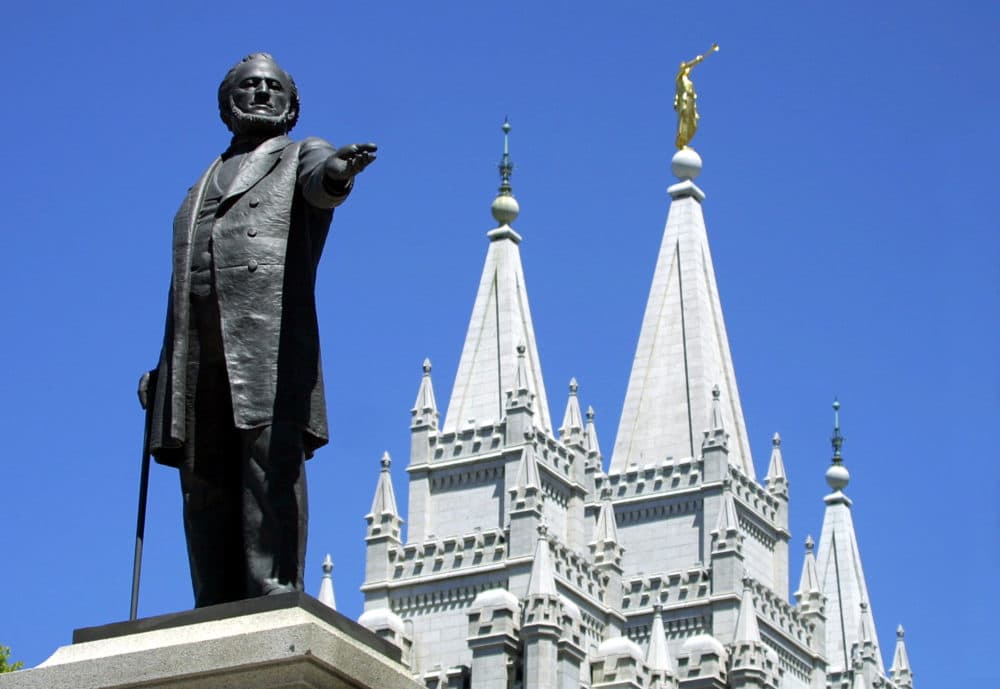The Church of Jesus Christ of Latter-Day Saints – also known as the Mormon Church – has a complicated background of race relations. This article will offer an in-depth look at how Black individuals were treated historically within the Mormon Church. We will also discuss the policy limitations that were imposed, as well as the Church’s evolution to abandon previous beliefs and racist practices.
Blacks in Mormonism History Overview
Between 1851 and 1852, the Mormon Church had a policy that prohibited blacks from being ordained to the priesthood. The decision was based on the interpretations of scriptures and beliefs of the time regarding race. Black individuals were denied certain Church rituals, rites and duties which led to a segregated Mormon community. It’s crucial to acknowledge that this discriminatory act was not unique to Mormonism however, it represented the widespread prejudices racial present in American society during that era.

The Mormon Black Peoples and the 1978 Revelation
A significant turning point occurred in 1978 when the then President of the Church, Spencer W. Kimball, received what Mormons believe to be an angelic revelation concerning the exclusion of Black people from the priesthood. This revelation, considered an important moment, ended the policy which had been in effect for over 100 years. The Church of Jesus Christ of Latter-Day Saints has declared that Black people could now be granted the priesthood and participate fully in the activities of the Church.
The Church’s current stance rejects racism, and is aiming at unity and welcoming all individuals regardless of race or background, to believe in the Gospel of Jesus Christ. The doctrine of equality is for all, stressing that God is open to all, regardless of race, gender, or social status.
Joseph Smith’s Fair Treatment of Black Individuals
Joseph Smith, the founder of the Mormon Church, treated Black people with respect, despite the prejudices prevalent at the time. Joseph Smith may have ordained Black men to the priesthood during his lifetime, according to the historical records. This was in accordance with Smith’s teachings on equality and inclusion within the Church. The priests who followed Smith’s policies enacted laws that excluded African-Americans from the priesthood. This reflected the shifting attitudes towards race during the 19th century. For more information, click Mormons and Black People
Addressing Racism and moving Towards Unity
Church of Jesus Christ of Latter-Day Saints leaders have taken significant measures to confront racism in the present and promote unity among its members. The Church leadership has released statements that disavow past racial practices and beliefs. They insist that racism regardless of form is against the doctrines and fundamental doctrines of the Church.
The Church actively promotes understanding respect, and love across its diverse congregation, affirming the value and value of every person. The Church makes an effort to teach its members about the importance of cultural sensitivity and inclusion.
Conclusion
Understanding the history of Blacks in Mormonism and the Church of Jesus Christ of Latter-Day Saints’ evolution in dealing with issues of race is vital for fostering unity and equality. The practice that barred Blacks from priesthood ordinations for more than 100 years marks a difficult period in the history of the Church. However, the subsequent announcement in 1978 marked an important turning point, signalling the Church’s commitment to inclusion and equality.
The current stance of the Mormon Church rejects racism, recognizes equality, and calls for acceptance and love among all its members. By confronting its historical discrimination against racial groups and taking steps toward progress The Church is taking steps forward on a journey of unity and understanding in order to ensure that everyone feels valued and respected within the Mormon community.
